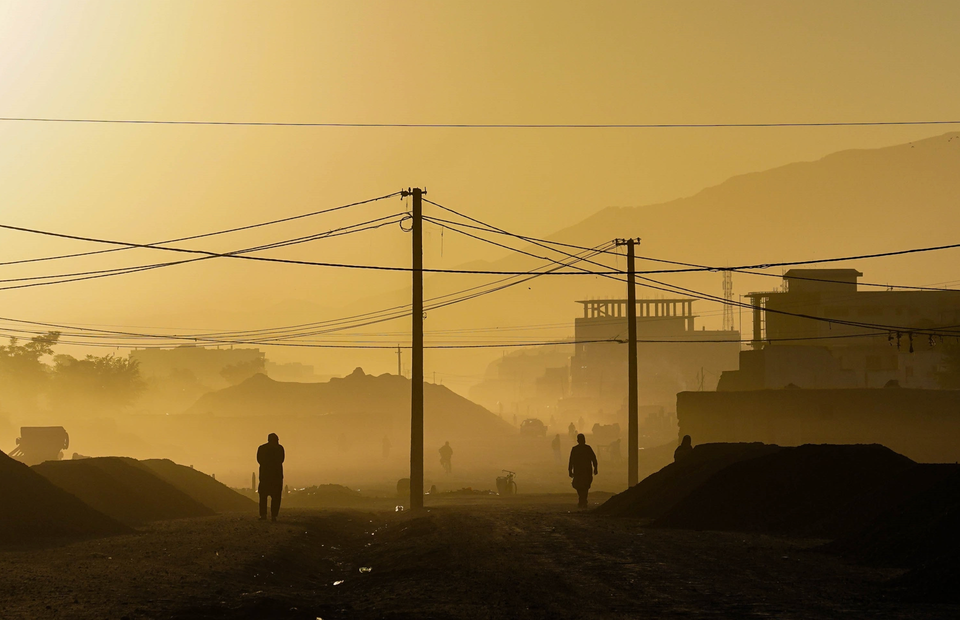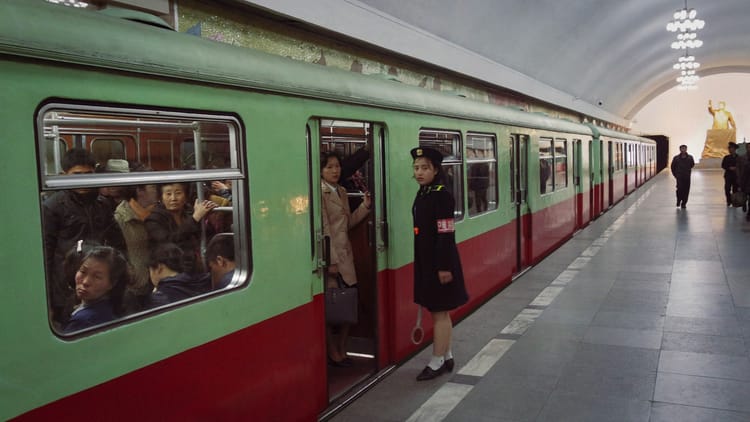Waiting on the edge

Scenes of a chaotic American evacuation from Afghanistan—scenes that include people grasping for and plummeting from a U.S. Air Force plane as it took off—have shown the desperation of many Afghans as the Taliban returns to power for the first time since the U.S.-led invasion of 2001. The United States and countries around the world now face the logistically difficult and politically fraught question of taking in refugees from Afghanistan. But what of the Afghans who can’t or don’t leave? How will life change for them?
Anatol Lieven is the senior research fellow on Russia and Europe at the Quincy Institute for Responsible Statecraft in Washington, D.C. Lieven says women’s rights “will be greatly restricted,” but it remains unclear how dramatically the Taliban will change the country. The worst-case scenario Lieven envisions is the same brutal approach the group took in the 1990s, which he describes as “deeply ignorant, savagely repressive of any kind of cultural difference, banning women’s education altogether.” The best-case scenario he can imagine is that Afghanistan ends up looking something like Iran—a theocratic government with some modern technocracy and the educated class needed to maintain it, which would include at least some educated women.
The country would still be repressive, but it would allow more freedom than the Taliban has in the past. America could use aid to Afghanistan to try to influence the Taliban, Lieven says—by developing institutions such as schools that women can attend or women’s hospitals—but the U.S. will need help in that endeavor. "Future American and Western influence, if it exists at all, will have to be exercised in cooperation with Afghanistan’s key neighbors—Russia, China, Pakistan, and, yes, Iran,” Lieven says. “The only way to modify Taliban behavior is to work with these countries” …
Graham Vyse: How did Afghanistan’s security forces and government fall so quickly?
Anatol Lieven: I got a taste of the reason for it more than 30 years ago, when I was a British journalist embedded with the Mujahideen in the late 1980s. In several areas I visited, local Mujahideen forces had arrangements with local Communist forces not to fight each other. This was partly because of tribal links between them. It was partly for the sake of a quiet life. Often, it was partly because they were sharing the heroin trade between them and war was bad for business.





